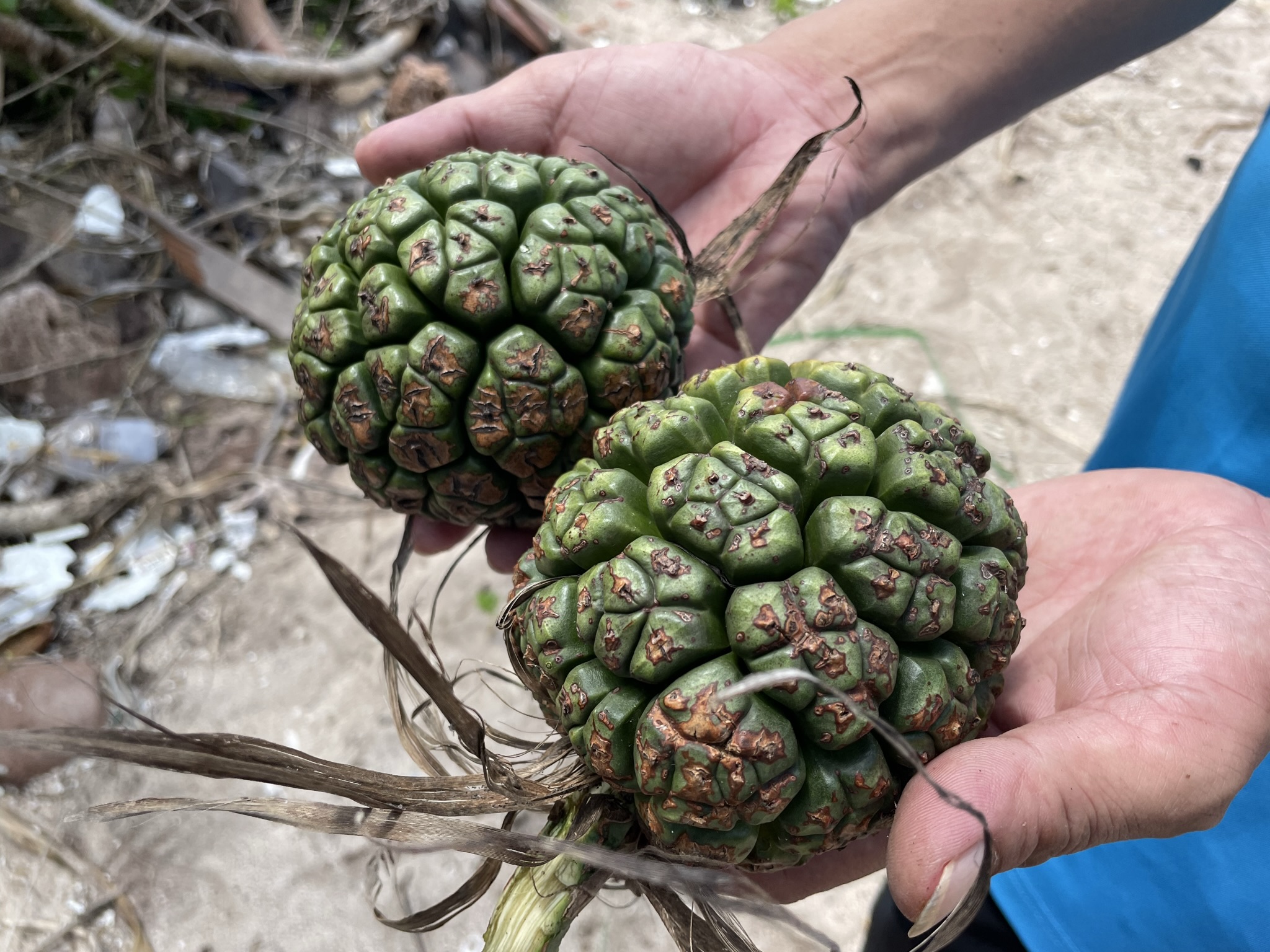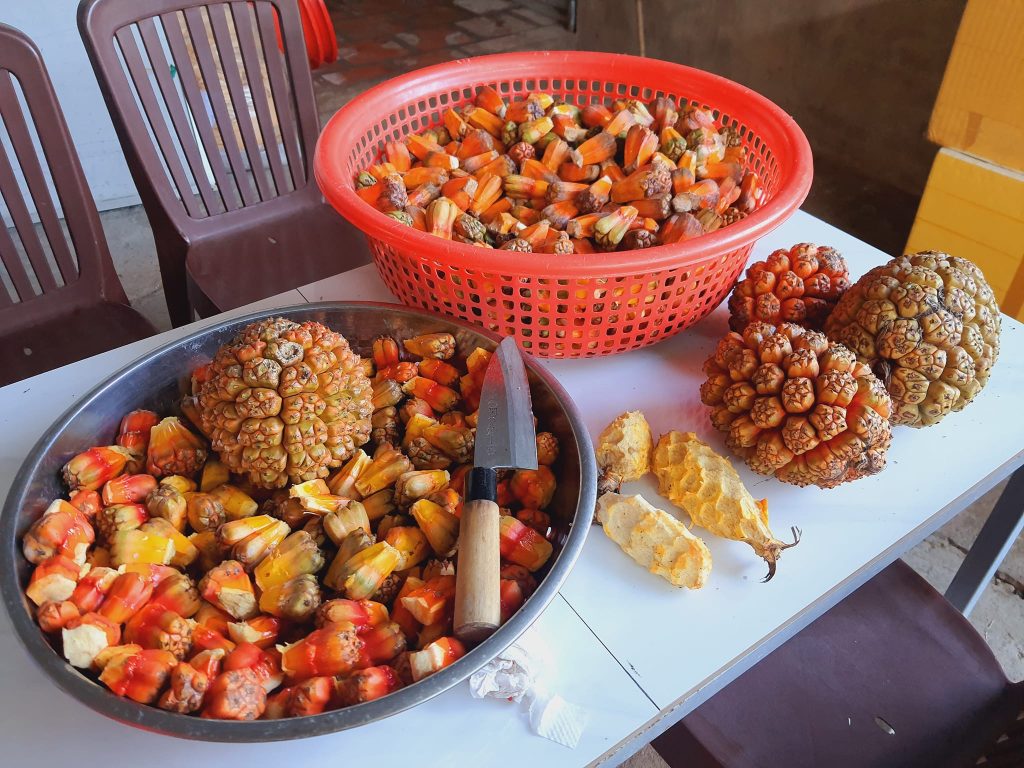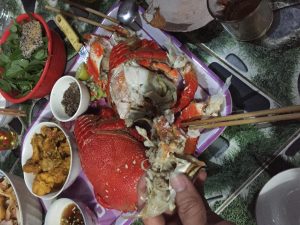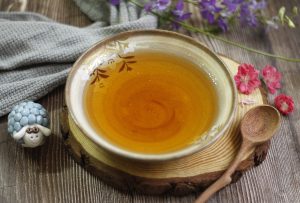The people of Phu Quy Island harvest medicinal plants to treat common ailments such as colds, high fever, cough, itching, body strengthening, detoxification, toothache, and many other diseases. Some commonly harvested and used medicinal plants include: Diệp hạ châu đắng (Phyllanthus amarus), Dứa dại (Pandanus tectorius Sol), Cỏ xước (Achyranthes aspera), Cam thảo đất (Scoparia dulcis), Nhàu (Morinda citrifolia), Lạc tiên (Passiflora foetida), Ngũ trảo (Vitex negundo), and others.
In the past, the people of Phu Quy had limited access to modern medical services as they do today. Therefore, the Ngũ trảo plant is a valuable source of medicinal materials. According to traditional medicine, the leaves, bark, roots, and seeds of Ngũ trảo are used as medicine to reduce fever, promote blood circulation, relieve rheumatism, and stimulate digestion.
The decoction of Ngũ trảo leaves has the effect of treating conditions such as colds, fever, headache, nasal congestion, rheumatism, joint pain, sciatica, and menstrual pain in women. Ngũ trảo leaves combined with lime leaves, grapefruit leaves, orange leaves, lemongrass, and mugwort are boiled to create steam for treating colds, fever, headache, and runny nose. Soaked in alcohol, the bark of Ngũ trảo stimulates digestion and treats asthma. In case of spinal sprains or sprained tendons, Ngũ trảo leaves, along with leaves of đại tướng quân and dandelion, are crushed with salt and sautéed with white wine to be applied to the affected area.

According to Master Hoang Khanh Toan, the roots, leaves, flowers, and fruits of the Dứa dại plant have different medicinal properties. Young leaves have the functions of dispelling heat toxins, nourishing blood, stopping bleeding, and promoting tissue regeneration, used to treat diseases such as measles, urticaria, poison ivy, and bleeding gums. Crushed young shoots of Dứa dại, along with soybeans, are used as a poultice on nerve ulcers. For deep ulcers causing bone decay, crushed young shoots of Dứa dại are applied to drain pus. The decoction of young shoots of Dứa dại is effective in treating conditions such as painful urination, urinary retention, and bloody urine. When combined with xích tiểu đậu, đăng tâm thảo, and búp tre, the decoction of young shoots of Dứa dại has the function of calming the mind, relieving heat, and treating restlessness, as well as restless hands and feet. Dứa dại flowers have a sweet taste, cold nature, and are used to clear heat, promote urination, and treat conditions such as hernia, scrotal hernia, pain radiating from the scrotum to the lower abdomen, painful urination, cloudy urine, incomplete urination, and swollen lumps on the neck level with the mouth, as well as feverish conditions. The fruits of Dứa dại have the function of tonifying the spleen and stomach, preserving the original qi, overcoming excessive yang (unregulated yang energy that rises too strongly and causes illness), strengthening the spirit, benefiting blood circulation, resolving phlegm, detoxifying alcohol, refreshing the head, brightening the eyes, opening the mind, and enhancing intelligence. The roots, with a sweet taste and cool nature, have the functions of inducing sweating, cooling the body, and treating conditions such as colds, viral fevers, hepatitis, kidney inflammation, urinary tract inflammation, edema, red eyes, and injuries caused by trauma.
The Phu Quy Traditional Medicine Association should provide specific guidance to the island residents on how to use these two valuable sources of medicinal plants so that they can self-treat certain illnesses at home without the need to incur high costs and spend time visiting hospitals.









